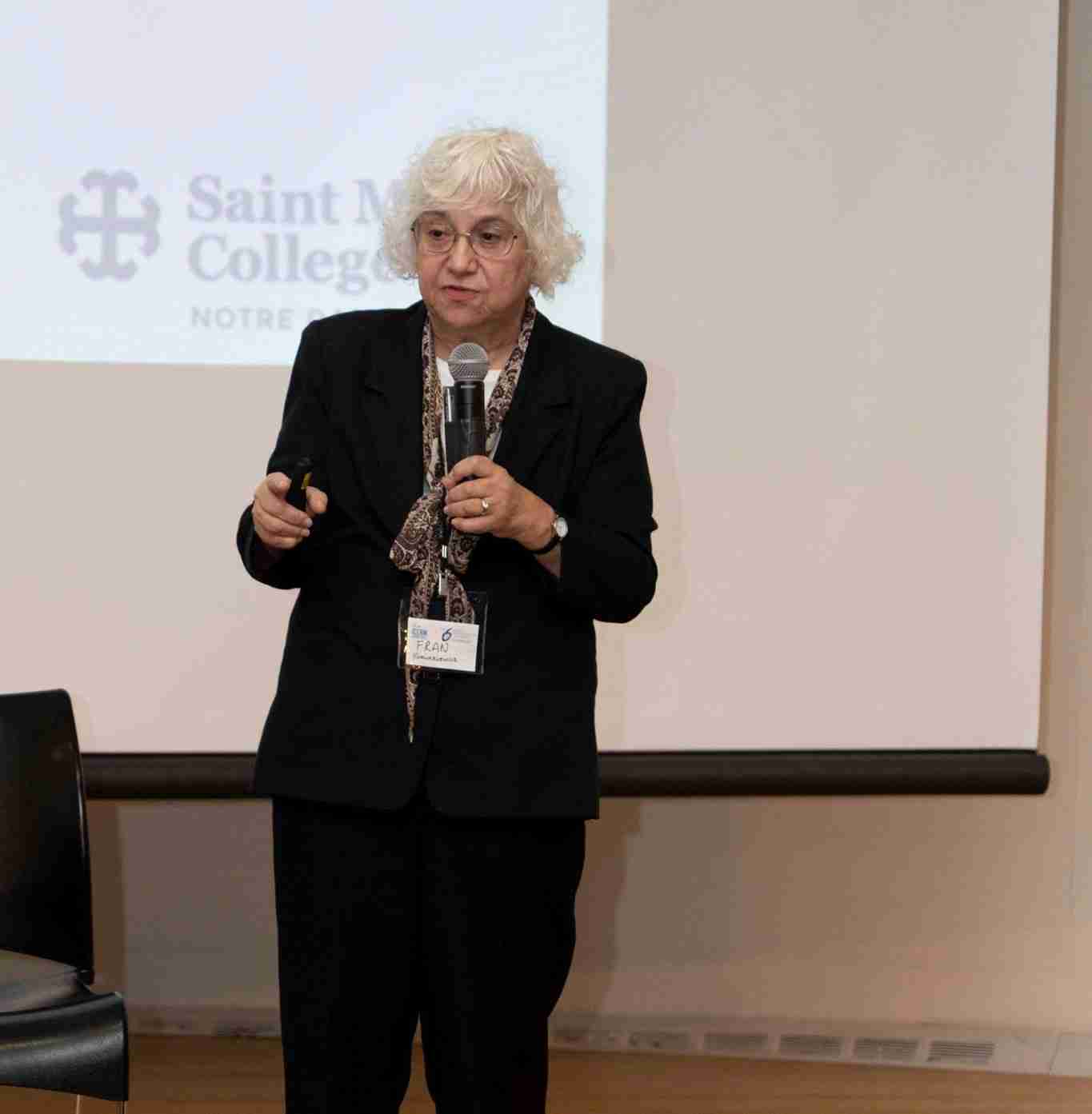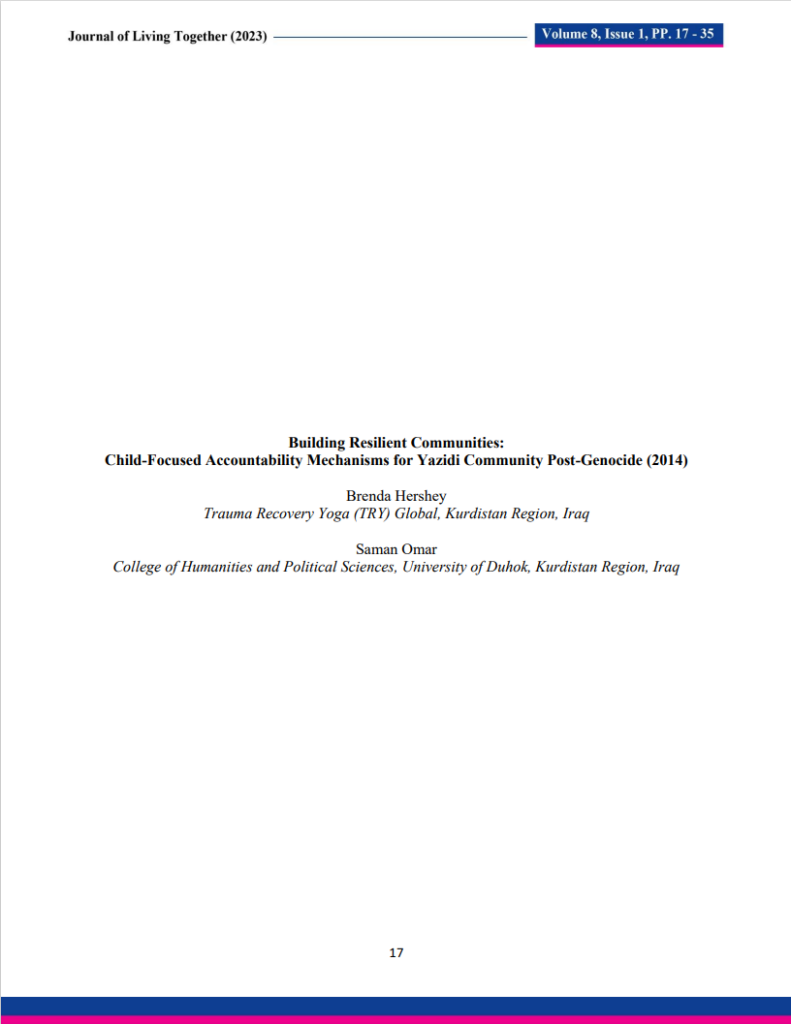Indigenous Dispute Resolution and National Reconciliation: Learning from the Gacaca Courts in Rwanda
Abstract:
This essay explores how the Gacaca courts system, a traditional system of dispute resolution, was revitalized after the 1994 genocide against the Tutsi to promote national unity and reconciliation in Rwanda. To realize this goal, the essay examines five major points: the revitalization process of the Gacaca courts in Rwanda; the conflict resolution practice utilized in the Gacaca courts; the practice theory of change underlying this intervention; Lederach’s (1997) views on “sustainable reconciliation in divided societies” as applicable to the Gacaca case; and finally the lessons learned from the Gacaca courts system and how the Gacaca courts were used to foster national reconciliation and peace after the genocide.
Read or download full paper:
Journal of Living Together, 6 (1), pp. 153-161, 2019, ISSN: 2373-6615 (Print); 2373-6631 (Online).
@Article{Ugorji2019
Title = {Indigenous Dispute Resolution and National Reconciliation: Learning from the Gacaca Courts in Rwanda}
Author = {Basil Ugorji}
Url = {https://icermediation.org/indigenous-dispute-resolution-and-national-reconciliation/}
ISSN = {2373-6615 (Print); 2373-6631 (Online)}
Year = {2019}
Date = {2019-12-18}
Journal = {Journal of Living Together}
Volume = {6}
Number = {1}
Pages = {153-161}
Publisher = {International Center for Ethno-Religious Mediation}
Address = {Mount Vernon, New York}
Edition = {2019}.



